Your baby and osteopathy
Welcome to the end of Spring! Appropriately enough, I’ve been seeing more babies in clinic recently. It’s not something that everyone thinks of in relation to osteopathy, but treating babies is definitely part of what we do as do osteopaths.
Babies frequently come in with feeding issues, for example if they’ve been referred following a tongue tie release. An osteopath can help to release any tight muscles around the jaw and neck associated with the tongue tie, which allows the baby to open up its mouth more fully and achieve a better latch. As part of feeding, babies also need to coordinate breathing and feeding simultaneously, which can be tricky for them learn. By balancing muscle activation with nervous system control, osteopathic treatment can help a baby to feed more comfortably and effectively so they are getting a bigger and more satisfying feed with each gulp. This in turn can help with keeping them calm and getting better sleep.
Many babies also have a strong preference for feeding on one side compared to the other. In many cases this because their neck is restricted to turn to one side because of the way they were lying in utero, or due to difficulties in the delivery. Again, releasing tight muscles around the neck and torso can allow more symmetrical and comfortable feeding, making everyone’s life easier.
Colic is another common reason that babies come in to an osteopath. Parents can often feel tension in the stomach area, or in other regions of the torso and abdomen associated with caught up wind and muscular tightness. This can be highly distressing for the baby, and releasing these restrictions can allow both more effective passage of food through the digestive system, as well as allowing baby to be calmer and more settled.
Plagiocephaly, that is flattening of the head on one side, is another common issue with babies. While this certainly doesn’t affect brain or other development, it can imbalance the way a baby is able to use its head and neck, and can be associated with tight neck muscles (torticollis). Small babies’ heads are very malleable and respond well to gentle remoulding by a trained practitioner. Parents can then support this process by modifying lying positions at home.
As with my adult patients, I use gentle but powerful techniques to release tension, working with the body’s own resources and intelligence. I gently articulate and encourage the return of natural movement, following patterns initiated and directed by the body’s own drive to express itself healthily. From a personal point of view, babies are enjoyable and satisfying to treat because they are so responsive to treatment and issues have the potential to resolve quickly as development is happening so quickly. “As the twig is bent, so the branch grows”, is an old osteopathic saying. Appropriate and timely treatment can form the basis of good health in later life.
My osteopathic colleague at Live Well, Frankie, and I are both here to help, not to mention the great range of other family, pregnancy and perinatal care practitioners we have available to tap into, including naturopaths, acupuncturists and doulas.
I’ll be back next month to talk about how osteopathy can help with pregnancy. Hope you’re enjoying the sunnier and warmer weather!
